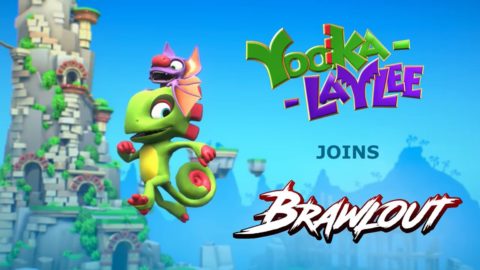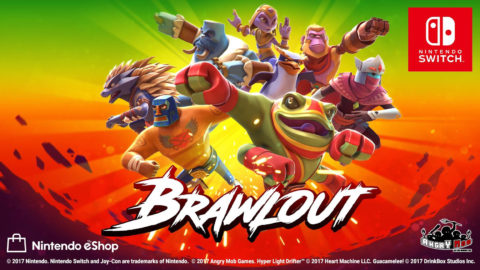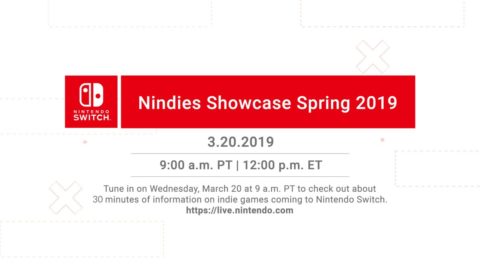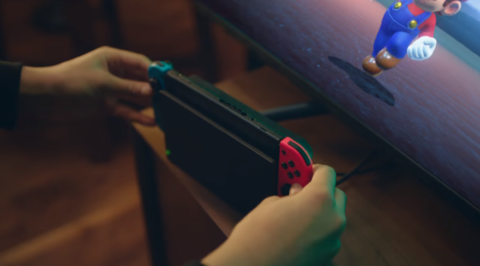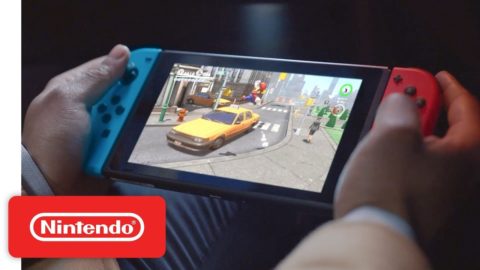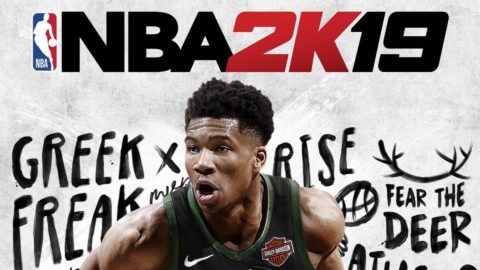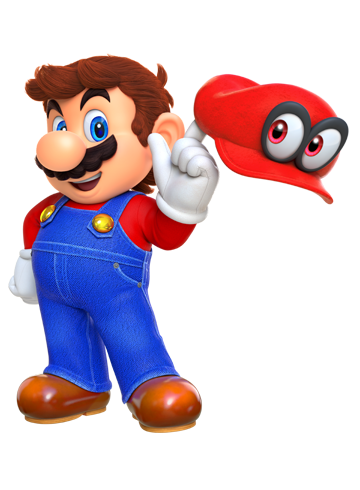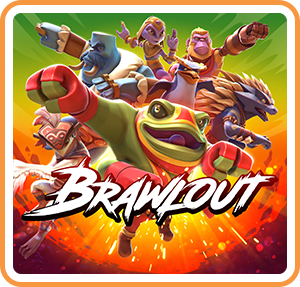
I’m going to save everyone a bit of time and acknowledge the obvious truth here. Brawlout, the platform fighter from Angry Mob Games, will invariably draw some comparison to the fan-favorite Smash Bros. series.
We won’t nitpick that comparison here, but it is worth keeping in mind when looking at Brawlout, or really any other platform fighter that makes its way to the Nintendo Switch. Aside from its own merits (which are considerable, mind you,) Brawlout stands as our first real look at how Nintendo’s beloved fighting series will fair on the company’s latest console.
That said, Brawlout brings quite a bit to the table, with smart, accessible controls and crisp performance that make it very addictive. If the Switch’s already noteworthy lineup of traditional fighters has you looking for platform melee action, Brawlout is definitely worth a look.
Are you ready?
Brawlout does a solid job of presenting itself both to melee vets and newcomers. The roster of available fighters is diverse enough from the get-go to give players a little space to find what works for them, and the available basic and advance tutorials are a great way to get your bearings without spending hours in training just to get to the action.
Movement and combat are pretty standard, with multiple buttons available for jumping and dashing, along with the classic option to jump with the stick as well. Players familiar with the form should feel right at home here, but it doesn’t take long to get a feel for the basics if you haven’t spent a lot of time with this particular type of brawler.
The game’s primary single player experience boils down to one of two options; set up matches against 1-3 CPU fighters, or take on the game’s arcade “towers” and battle through a random assortment of other fighters on easy, medium, or hard.
Custom battles allow for mixing up options, like choosing “stock” or “time” -scored rounds and each fighters individual difficulty. The arcade towers are a little more streamlined, and don’t really offer a lot of engagement beyond the standard one on one (or two, or three) fights.
In fact, arcade towers don’t really present the best side of what Brawlout has to offer. They’re a good way to get a crash course in each character, but the difficulty curve is represented by how many CPU fighters are on the field. The problem here is that even as you add more fighters, all of the CPU characters are bent on fighting you; they don’t engage each other like a typical 4-player brawl. This leads to gang-up situations where you’ll be juggled between three AI opponents for what seems like an eternity.
This wouldn’t be so much of a problem, except it didn’t feel like I really got anything out of the experience. You’ll spend a lot of time resetting until you’re completely familiar with your character, and at the end the rewards for finishing a tower aren’t necessarily worth the climb.
It definitely feels like Brawlout was made to shine in custom multiplayer battles. Matches are easy to set up and simple to join, and you can add in CPU fighters to fill out slots as you need, then jump right into the action. These battles still contribute to mastery levels of each character, so after you slog through the arcade towers once, you may find these battles more rewarding in the long run.
A new challenger
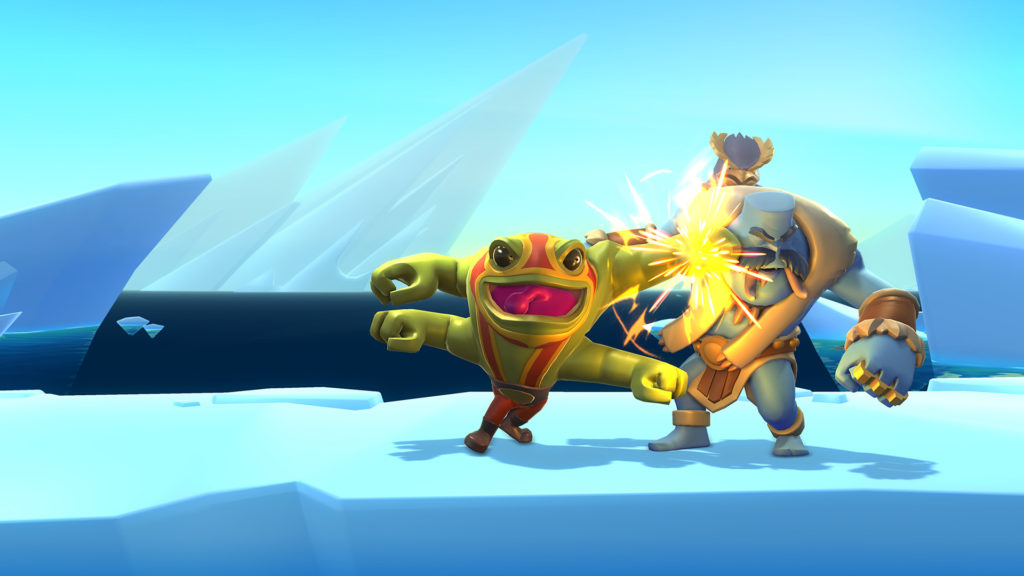
Brawlout presents a clean pastel world with characters to match. Stages represent a wide range of colorful locales, though you’ll only have access to three of them at the start. Everything looks very natural in the context of the game, and it never feels like the stage overloads the action on screen.
Beyond the visuals, though, Brawlout runs beautifully both in handheld and docked mode. I did run into a few frame stutters in some very rare occasions (when the action on-screen was saturated with KO effects and specials) but nothing that might be considered a problem from a competitive standpoint. The framerate feels like a constant 60fps throughout the experience, but it doesn’t sacrifice much visual fidelity to achieve that.
The game’s characters do leave a bit to be desired here, though some of the variants you unlock later are a bit more eye-catching. It’s a point that’s difficult to nail down; the array of fighters isn’t badly designed, per se. Rather, they simply don’t feel memorable in any real sense.
Their movesets are unique, and give players plenty to work with; it’s not something that spoils the experience of the game in anyway. It just feels like the look and feel of characters took a backseat to the combat design, which is not necessarily a bad thing. The extra touch of adding characters from indie darlings Hyper Light Drifter and Guacamelee are a brilliant touch, however, and I found those two brawlers to be among my favorites to control.
The menus are clean and simple, as are the character info screens and the item shop. Brawlout is simple to navigate and never feels cluttered or overburdened by extraneous features (an issue that plagued the Wii U/3DS’s Super Smash Bros. 4.)
You can customize your fighter with several color-swap skins for each fighter, and even unlock several different KO animations. The KO animations are actually my favorite unlocks in the game, changing the flash that appears on the screen when a fighter is knocked out to tornadoes, showers of cash, and more.
You can also unlock avatars to add to your player card, making your presence in online battles a bit more customizable. It’s a small touch, but one that adds a bit of extra value to some of the leftover gold you’ll collect from leveling characters.
While the customization elements are somewhat sparse, the overall look and feel of Brawlout seems to prioritize simplicity. This, in turn, leads to an experience that focuses mainly on the fight, and wastes no time getting into that action. While I would love to see some additional options down the road, Brawlout really does come across as an ideal “pick up and play” platform brawler.
Extra bits
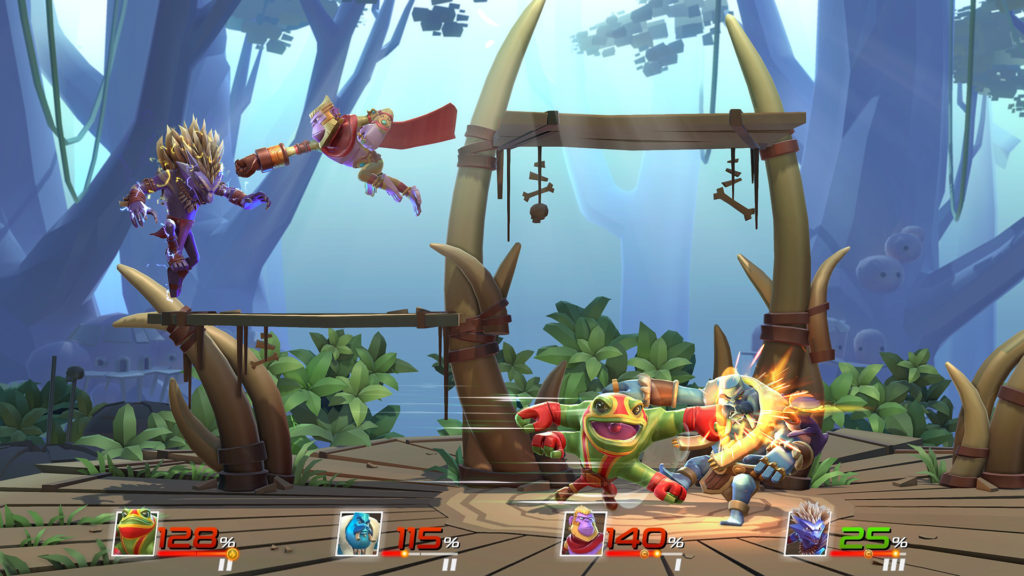
Most of the extra features in Brawlout center around the custom battles and unlocks for each character. This is where the game starts to show a bit of its skeleton, as I quickly learned that while there wasn’t much to unlock, it would take quite a while to gather what little there was on offer.
As previously mentioned, unlockable items come down to four categories: new brawlers and their skins, stages, KO animations, and avatars. The game functions on a hybrid progression/loot box system for these unlocks, and that combination makes it painfully slow to collect items.
As you play and win with a character, you gain points toward a “mastery level” that rewards gold at each level, and other features at certain milestones. Each base character will unlock a stage at a certain level, and will provide “gems” at another.
Gems can be used to buy brawler crates, which guarantee a new brawler each time. Gems are unlocked through character mastery levels or by completing certain objectives, and are awarded in online matches. The process is still pretty slow, so it could take several hours of play to gather enough gems for a single crate. Compared to more traditional fighters, in which new characters are often unlocked after completing arcade mode or meeting certain requirements, this method felt a good deal slower to me, and it definitely requires a lot of online play to make any measurable progress.
You can buy some crates with gold, but they only provide cosmetic items; no chance at brawlers or stages. You can’t buy gems with gold, either. In addition to all of this, you can gather “shards” through the arcade towers toward a new brawler, but again, the progress along this route is glacial.
The whole system is clearly based on the currency features used in certain free-to-play games, and it’s worth noting that none of the currency types in Brawlout can be purchased with real money. Still, this deluge of currency and arbitrary rules for unlocks really feels discordant with what you’d expect from a fighter like this, and overall it feels like a desperate attempt to pad the replay value of the game that would have easily been helped by a few extra play modes instead.
Final Thoughts
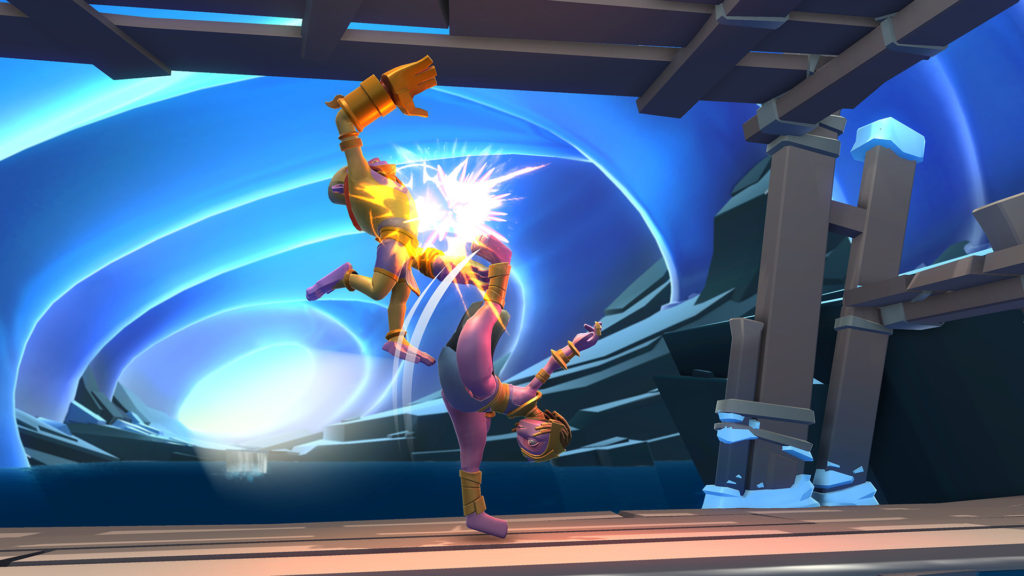
Despite a lack of overall features and a somewhat grind-heavy unlock system, Brawlout delivers a solid platform fighter experience with a pretty low bar entry. Characters feel unique enough to add variety, and the whole thing runs smoothly enough to really deliver a quality competitive experience.
All things considered, Brawlout shows us that the platform fighter really does excel on the Switch. The wide range of play options and easy access to local and online multiplayer give games like Brawlout a distinct edge as a social experience. Not only that, but we’re beginning to see more and more that the Switch can deliver solid competitive experiences across a wide range of titles.
For those of us still looking to the horizon for the telltale signs of a new Smash Bros. title, Brawlout is sure to be a balm for our sore patience. Above that, it fills a gap between the atypical accessibility of ARMS and the more punishing precision of Ultra Street Fighter II, blending simplicity and demanding play in one fantastic indie package.
Review Copy Provided By Evolve PR
